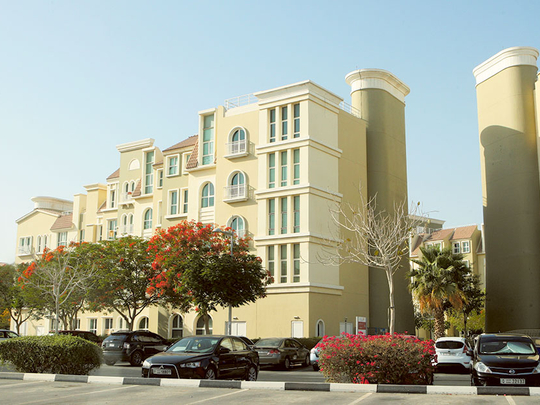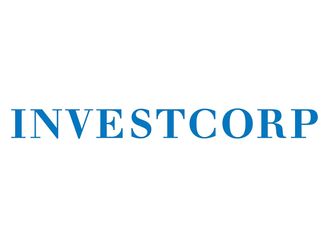
Nervousness has descended upon global markets, and among local bourses, signalling a switching of collective attention from central bank behaviour to underlying economic conditions. What analysts call animal spirits have received something of a knock.
For some time now, running into years, investors and traders have taken their cue mainly from the persistence of ultra-easy money settings, which have then been validated by the performance of the assets purchased, regardless of comparatively disappointing world recovery.
Now it seems that the ongoing resistance to normalising monetary policy, even marginally, is generating increasing concern, reflecting importantly the failure of GDP growth to become prospectively self-sustaining.
China’s sharp slowdown and the latest associated fallout may now be enough to keep the US Federal Reserve from tipping into tightening mode. Bad economic news could belatedly be translating into bad financial news.
That would stand in contrast to much of the period post-crisis, wherein poor data promised further liquidity largesse that would unerringly find its way into appreciating stocks and bonds, in the absence of a genuine growth impetus that would spark inflation.
What hasn’t changed, though, is that international trends are becoming further, steadily intertwined, particularly in respect of the dominance of the US and now China as economic drivers and policy benchmarks for the rest of the world.
The decline of GCC markets in line with oil’s further easing only reinforces the point. As business globally will soon turn its mind back to work following the summer season, now also Europe and the Greek situation will refresh uncertainties.
Clearly, too, the most recent developments in the Gulf as to fiscal management and reform — namely the proposed introduction of sales tax to compensate for diminished export receipts — relate to the same underlying reality.
Economists viewing the region are dusting off their jargon for another dip in activity as the implications of both the external pressures and internal responses take effect, resorting once again to referencing ‘headwinds’, but also the cushion of accumulated financial flows from the previous era of higher oil prices. No piercing alarm has been sounded yet on the anticipated retrenchment.
Similarly, in expectation of froth being removed from real estate markets, analysts are talking down the speculative, investment dimension of property’s rebound and talking up the positioning and share of the end-user component, another acknowledgement of the ‘real’ versus ‘financial’ elements of market tendencies.
So concerning are the fundamentally weak structural circumstances of world growth — plainly dependent on repeated doses of cyclically-related stimulus — that bond markets in fact have diverged from stocks again, on both safe-haven and low-inflation grounds, including across the Mena regional space.
That said, success stories may still be found as relative oases of momentum amid any developing sense of gloom. It will certainly be interesting to note, for instance, how Emirates NBD/Markit’s recently-introduced measure of Dubai’s performance progresses, its key index having initially shown quite a sharp retreat last month compared with the past five-year climb, yet still indicating expansion.
Likewise, whether the UAE exchanges can separate themselves from an overall perception of the GCC as essentially an emerging or frontier market play hinging on the oil-price outlook. One research house has already drawn a distinction between the differing strains of budget policy being pursued by the neighbouring states.
In that regard, there is a plausible tension analytically between trying to differentiate one country’s own narrative, as dispensed to fund and wealth managers around the world, while having simultaneously to pursue integrated solutions within the Gulf to tap into potential economies of scale when addressing the problems confronting the regional economy. Talks now to explore harmonising plans for VAT evidently belong in that bracket.
Much to play for, then, for policymakers and investors alike as we move into the next phase of the post-crisis world, hoping that the various signs of slowdown and systemic strains don’t actually signify another pre-crisis maelstrom in the making.
Evaluating the China syndrome
Doubts over the Chinese economy were heightened by the recent, deliberate depreciation (effectively devaluation) of the yuan renminbi, as if to reclaim export competitiveness, threatening a trade and currency spiral elsewhere. The Asian giant’s stranglehold on international sentiment appears to be tightening.
Friday’s release of manufacturing data only confirmed growing fears, as the key purchasing managers’ index (PMI) showed in August its fastest decline for over six years, sliding further below the 50 level implying contraction. Western markets that were already jittery took a further dive accordingly, most observers imagining China to be flirting with recession.
It would be no surprise now if the US Federal Reserve chose once again to delay any shift at all towards ‘normal’ interest rates, while investors globally can legitimately suspect that respective authorities really are becoming bereft of ideas to spark soundly-based growth, having already tried heavy and prolonged credit-based stimulus.












